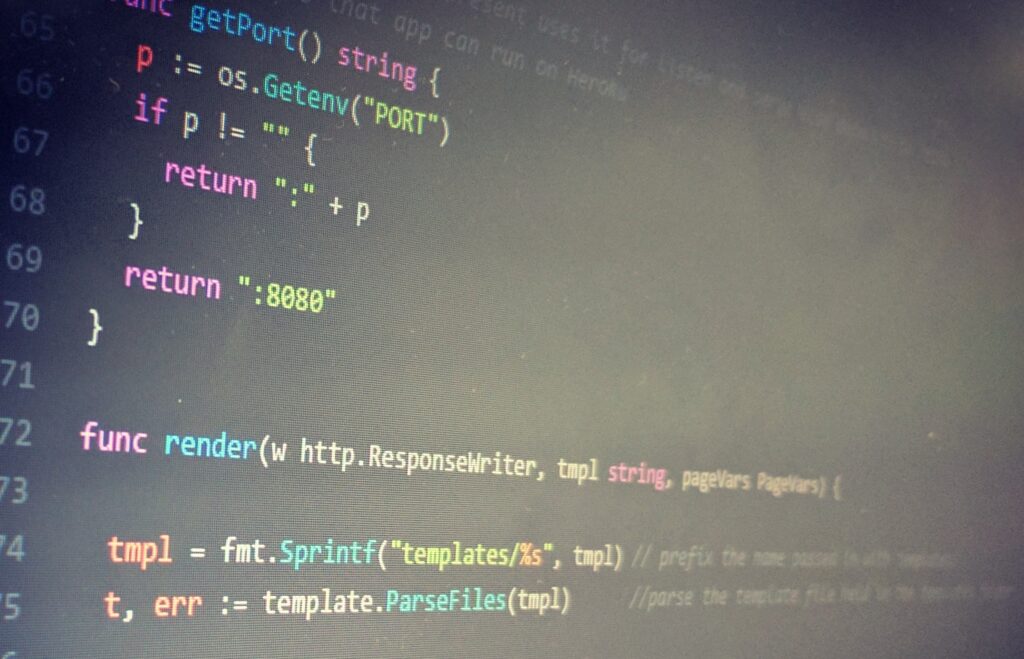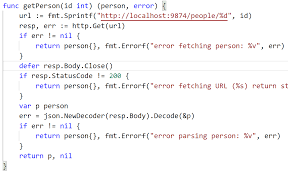Flutter
WHAT IS FLUTTER?
- Flutter enables cross-platform development for Android, iOS, web, and desktop applications.
- The hot reload feature allows for real-time code changes and immediate visualization of the updates.
- A vast collection of customizable widgets and pre-built UI components are available in Flutter, making it easier to create visually appealing user interfaces.
- Flutter’s applications are compiled to native machine code, resulting in high performance and smooth animations on various devices.

USE OF FLUTTER
- Flutter is used for developing cross-platform mobile applications, allowing developers to write code once and deploy it on multiple platforms like Android and iOS.
- It provides a rich set of pre-built UI components and widgets, making it easier to create beautiful and responsive user interfaces.
- Flutter offers excellent performance, thanks to its native-like performance and optimized rendering engine, enabling smooth animations and fast loading times.
- With Flutter, developers can create visually stunning and highly interactive applications by leveraging features like custom animations, gestures, and rich graphics. Additionally, it supports integration with native device features and APIs for enhanced functionality.
WHAT ARE THE FEATURES OF FLUTTER?
Cross-platform Development – Flutter allows developers to write a single codebase that can be used to create apps for multiple platforms such as Android, iOS, web, and desktop. This saves time and effort by eliminating the need to write separate code for each platform.
Hot Reload – Flutter offers a hot reload feature that allows developers to see the changes made in the code almost instantly without restarting the app. This helps in quickly iterating and experimenting with the user interface and app behavior, leading to faster development cycles.


Widget-based UI – Flutter uses a widget-based approach to building user interfaces. It provides a rich set of pre-built widgets for various UI elements, such as buttons, text inputs, lists, and more. Developers can easily customize and compose these widgets to create visually appealing and responsive interfaces.
Fast Performance – Flutter uses a high-performance rendering engine called Skia to render UI elements directly on the device’s canvas. This leads to smooth animations, quick startup times, and excellent overall performance, giving users a native-like experience.
Native-like Look and Feel – Flutter offers a rich set of Material Design and Cupertino (iOS) widgets that closely mimic the native UI components of Android and iOS platforms. This allows developers to create apps that have a familiar look and feel, providing a seamless user experience.
THE BENEFITS OF LEARNING TO CODE WITH FLUTTER
Cross-platform Development – Flutter allows you to build apps that work seamlessly on multiple platforms, including Android, iOS, web, and desktop. This saves time and effort as you can write and maintain a single codebase for different platforms.
Increased Productivity – Flutter’s hot reload feature enables you to see the changes you make to the code almost instantly, without needing to restart the app. This significantly speeds up the development process, allowing you to iterate and experiment quickly.
Wide Range of UI Design Options – Flutter provides a rich set of customizable widgets and pre-designed UI components that allow you to create stunning and visually appealing user interfaces. With Flutter’s flexible design system, you have the freedom to bring your unique app designs to life.
Fast Performance – Flutter’s high-performance rendering engine and direct-to-metal compilation enable your apps to deliver excellent performance. Flutter apps are known for their smooth animations, quick startup times, and overall responsiveness, providing a great user experience.
